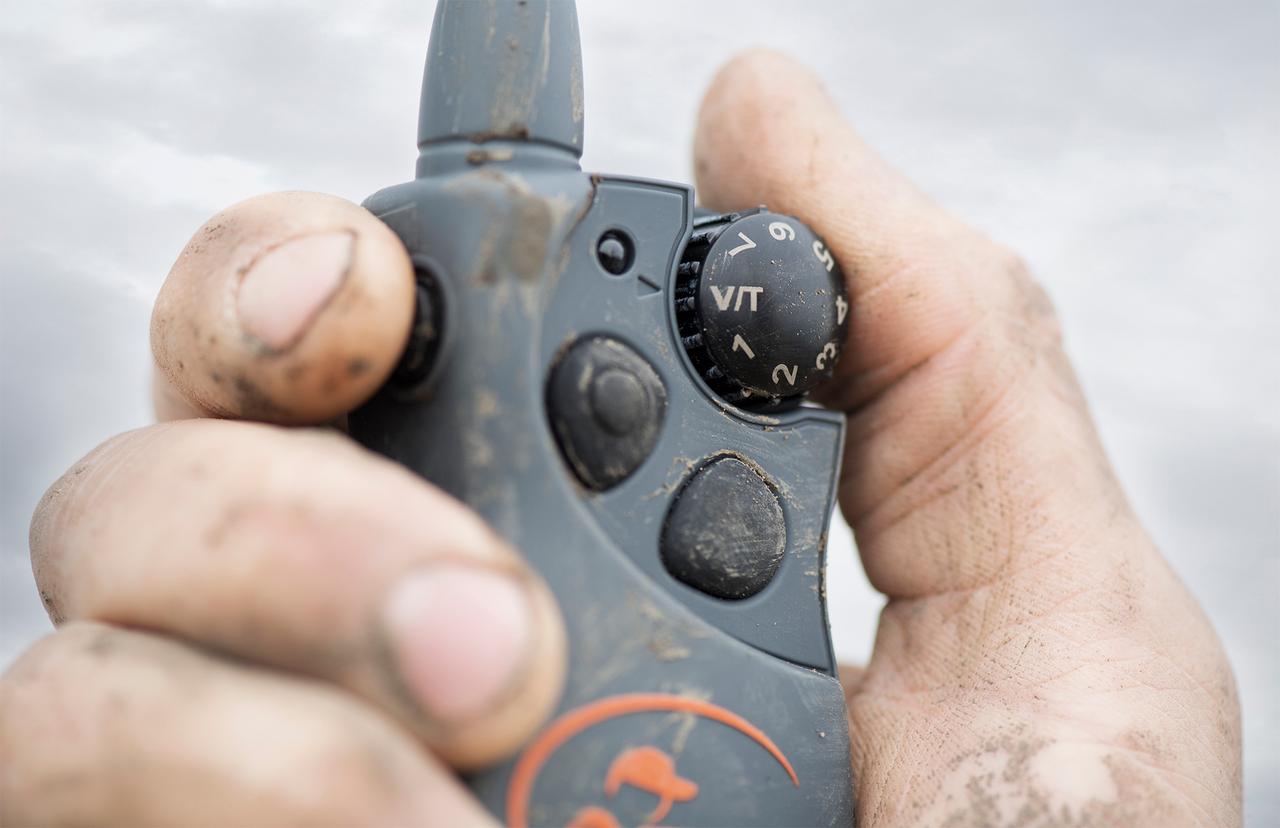
Picking the Right E-Collar
Posted by Tom DokkenPurchasing your first SportDOG Brand® remote training collar or upgrading from an older model isn’t particularly difficult, but it does require some thought about which features are most important to you and how the collar is going to be used. Thankfully, SportDOG offers enough products that you can easily match one to your specific training or hunting situation. Here are the basic things I discuss with customers who are thinking about making a purchase.
The first and most obvious thing I need to find out is which breed the customer owns. Any SportDOG® collar can be used with any breed, but certain models have features best suited for retrievers, pointing dogs, or hounds. So, after I understand the type of dog, then I have to find out how that dog is being used. For the most part, that translates to range. So, the next part of the discussion is part question and part explanation. I ask how far away the owner expects to be able to reach his dog, and then I explain how range works.
All SportDOG Brand collars have a designated operating range. For example, the versatile SportHunter® Series is available in ½-mile (SD-825X), ¾-mile (SD-1225X). and 1 mile (SD-1825X) ranges. A ½-mile sounds like a very long distance, but keep in mind that many variables affect how far away the collar can receive a signal from the Transmitter. The stated ranges are based on “line of sight.” That means you can expect good performance at the stated range on flat terrain with no obstacles between the remote and collar.
If you have a retriever that you use only as a flushing dog for pheasant hunting, the SD-825X might very well be all you need. But if that same dog does double-duty as a waterfowl retriever, consider some other scenarios. What if you need to get his attention when he takes off after a wing-tipped mallard that glides down in some thick cattails three football fields away from your boat? Because those types of unpredictable situations crop up, I know that I’d feel better having the extra reach of the SD-1225X or SD-1825X at my disposal. There's even a camouflage version of the 1-mile range, the WetlandHunter® 1825X. My point is that you’re best off planning for the worst-case scenario. There’s never going to be a situation where it’s bad to have more range than you need.
Pointing dogs create a number of variables as well. If the customer tells me he hunts grouse and woodcock with a German shorthair that stays close, my recommendation will be much different than if I’m talking to a dog handler who hunts Oklahoma quail with English pointers. In both cases, however, I could make a strong case for the UplandHunter® 1875, which features 1 mile of range and a remote-operated audible Beeper.
For hound owners, the obvious choice is the 2-mile range HoundHunter® 3225. It's designed specifically for tracking and trailing dogs and features color indicators to help run multiple dogs.
With the models I’ve mentioned here, plus the many more offered by SportDOG, I can honestly say I’ve never met a customer who couldn’t find a system to match his or her needs. There is one more factor of which I remind customers constantly, and it bears repeating here: No matter which collar you buy, you must take your dog through proper obedience training before you use the remote trainer. If you fail to do that, it’s not fair to the dog, and you will end up frustrated with the training experience.
SportDOG training gear comes with a detailed training manual and the SportDOG YouTube channel features training videos from some of the top dog trainers in the industry. Reading and watching this instruction, along with using resources such as the training articles on sportdog.com, is extremely important. A remote training system is not magic, it’s only a tool. It takes time and dedication on your part to use this tool correctly for the best results.
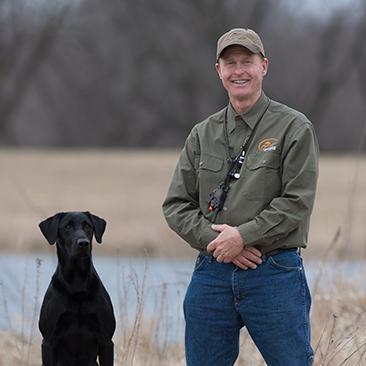
Tom Dokken
Northfield, MN
Dokken brings more than 45 years of retriever-training experience to the SportDOG team. He is well known as the inventor of Dokken’s Deadfowl Trainer, which has become standard equipment for retriever trainers everywhere. He is the owner of Dokken Dog Supply and Dokken’s Oak Ridge Kennels, the largest gun dog...
Related Products
SportHunter® 825X
SportHunter® 1825X
WetlandHunter® 1825X
UplandHunter® 1875
HoundHunter® 3225
Related Articles
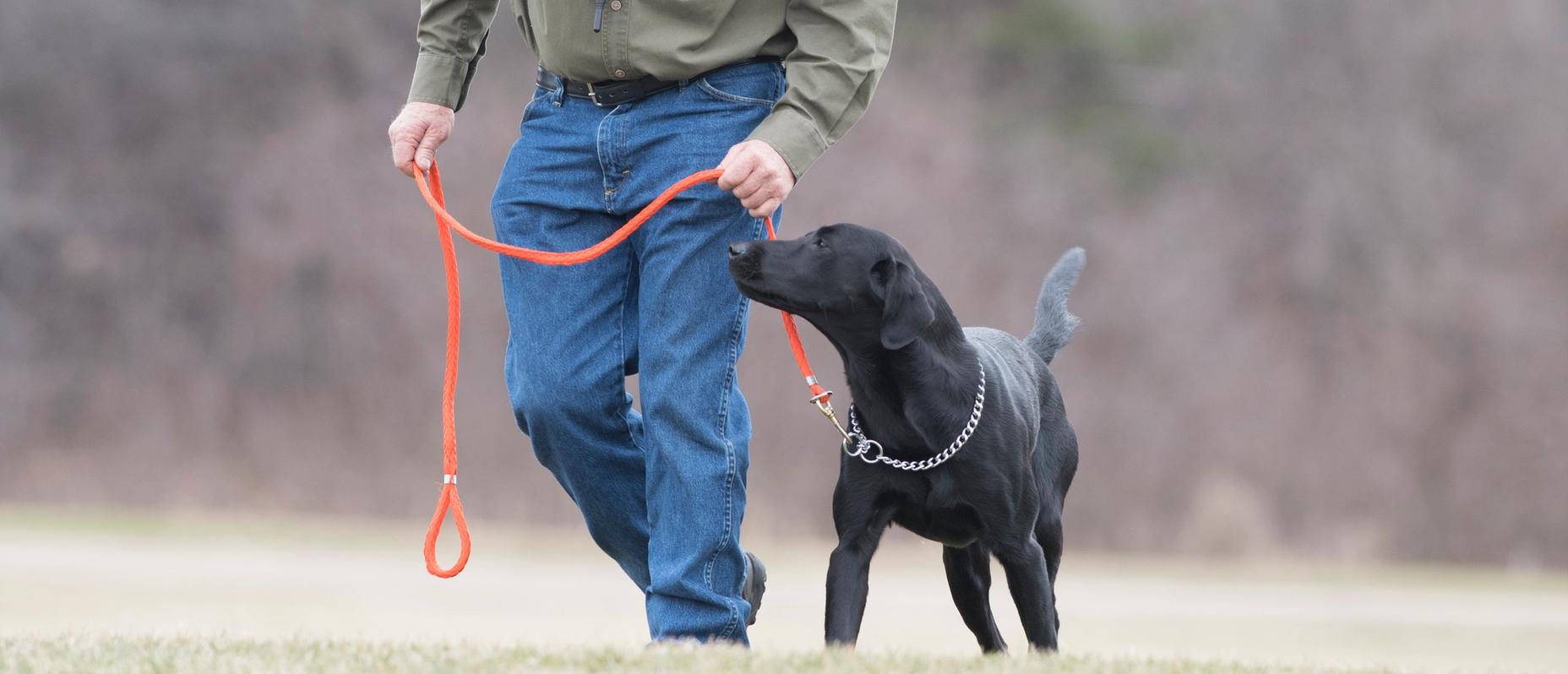
E-Collar Training 101: The Trusted Method Used by SportDOG® Experts
by The SportDOG Staff
Discover the most recommended way to introduce your dog to an e-collar with guidance from SportDOG®. Learn the proven “Pressure On, Pressure Off” method trusted by pro trainers to build reliable off-leash obedience, clear communication, and long-term success.
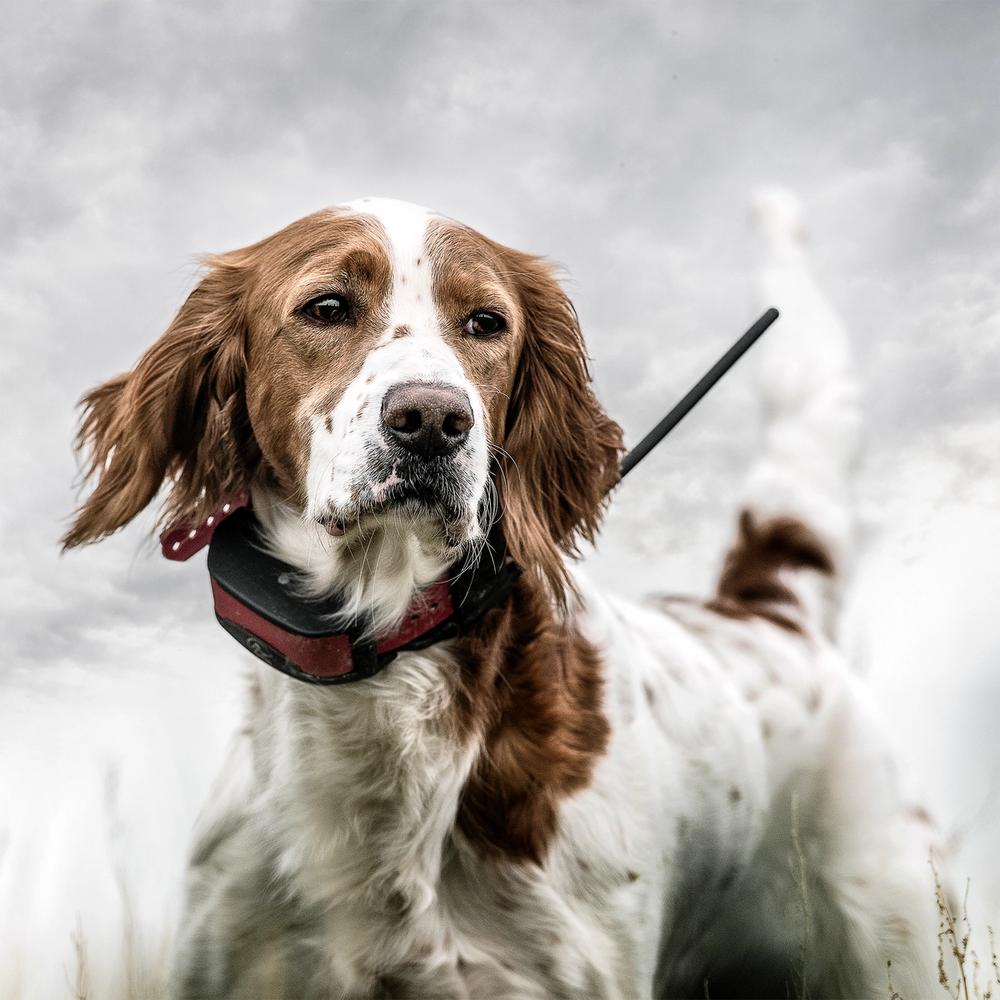
How to Match Your E-Collar to Your Hunting Conditions
by Tom Keer
One of my dogless hunting buddies lives in the city. He's the guy who has all the new gadgets. I kidded him about all his new toys and he tried to explain it like this; he said he’s an “early technology adaptor.” Say what? In my “bird hunter's English,” I...
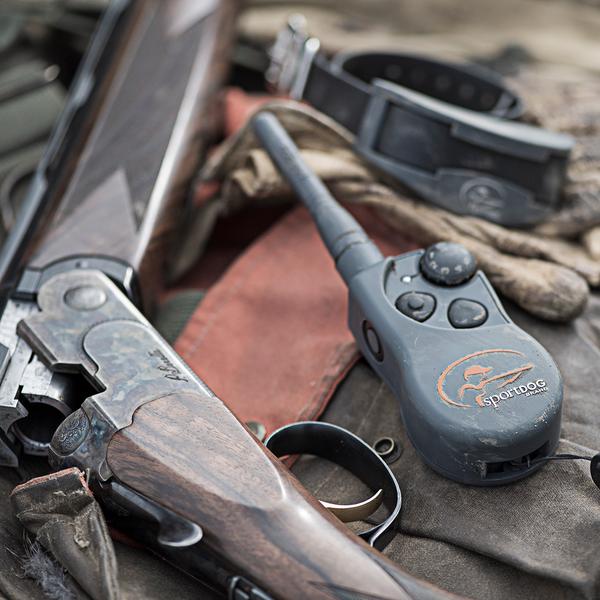
E-Collars: Finding the Right One and Using it Correctly
by Lynne Frady
I’m not sure if any other training tool stirs a debate like e-collars. Some people love them and others think they were made by the devil himself. This leaves many novices confused about what they’re getting into with an e-collar. After years of training and experience, I can officially tell...
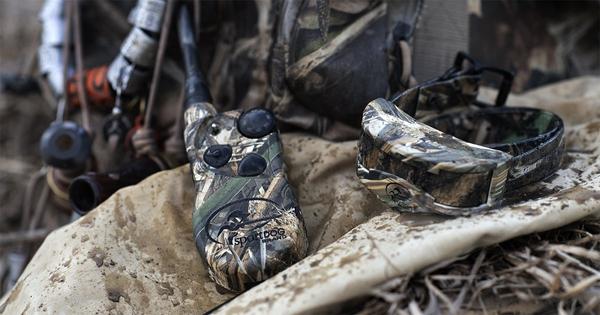
How To Choose An E-Collar For Retriever Training
by The SportDOG Staff
Opinions on the right way to choose and use a remote electronic collar for retriever training are as varied as the countless training methods used to create a top-notch waterfowl dog. I’ve been fortunate that my time and experience in retriever training have allowed me to experiment with a lot...
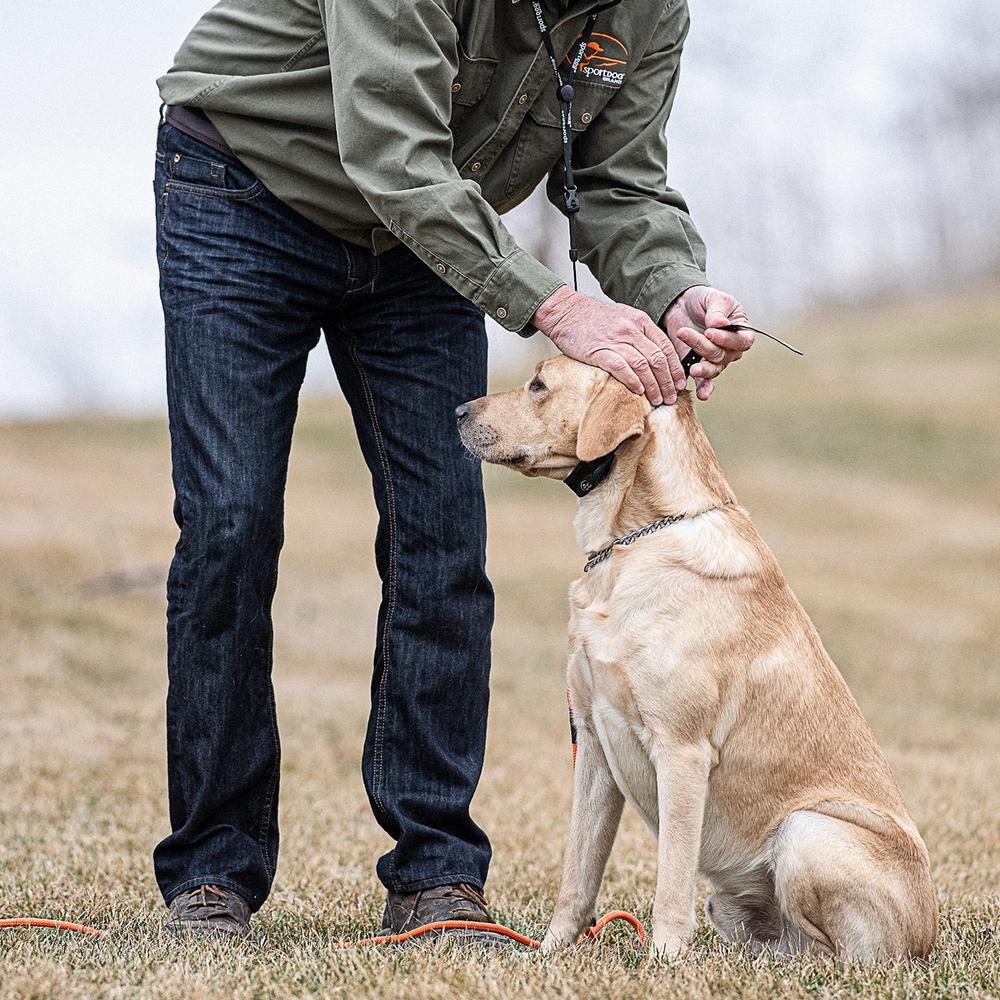
Moving to E Collar Training - Video
by The SportDOG Staff
In this SportDOG Training Tip (originally aired on Pheasants Forever TV) SportDOG Brand Senior Pro Staffer Chris Akin walks you through transitioning your gun dog from a leash training program to an electronic collar dog training program. Chris makes this lesson simple and easy to follow. It can be applied...





